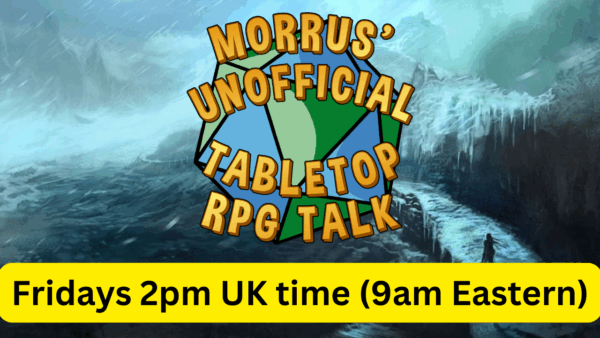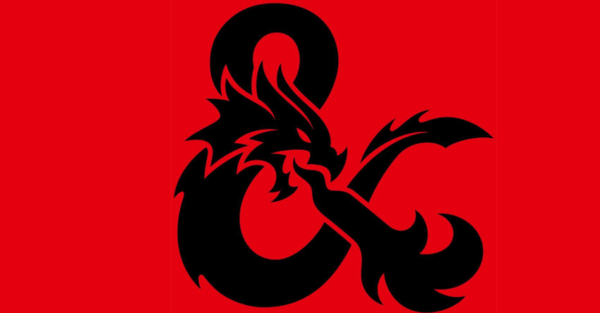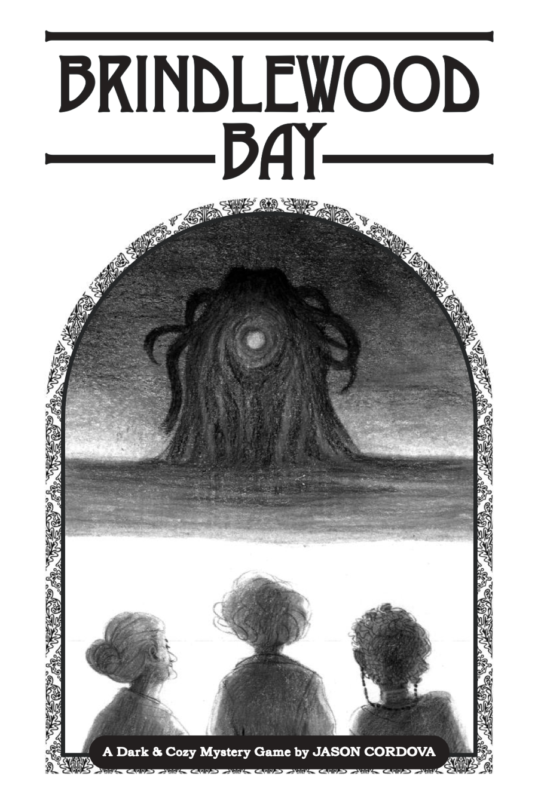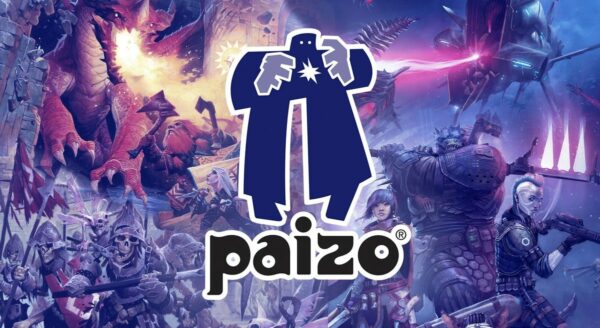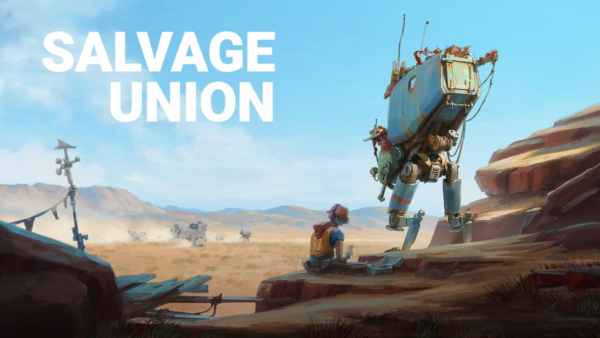

I’m a fan of grimdark-style games, but sometimes a change of pace is refreshing.
Why not spread your wings a little and try something new? How about playing a game where people are generally nice to each other instead?
Nice Isn’t Perfect
Many campaigns pivot on the idea that the world is a dangerous place. But in more stable societies, civilized behaviour is a reasonable thing to expect: you can rely on a stranger to offer you a place to stay, for bystanders to come to the aid of injured people, and for innkeepers not to water their beer down. Despite this, there will still be a certain amount of corruption and trouble in the world, often taking advantage of other people’s good nature.
This means that while not every town mayor is corrupt, you might meet one that is. Such evil is actually must harder to root out than usual as it is better at hiding. If the evil mayor can’t just talk casually about skimming money from the taxes, or how he’s forcing a family off their farm to sell the land, he is harder to spot.
In fact, a villain in a generally good place is going to have to spend a lot of resources on maintaining their reputation. Otherwise the voting public will be horrified at their actions. When the player characters uncover the villain the people will be shocked. Even with solid evidence the player characters will still have a tough time bringing such a well thought of villain to justice.
No True Evil
Bad things can still happen in the world, even when no one is really evil. Maybe the road robbers who ambush the player characters are only stealing to feed their children. Maybe they are actually a collective, stealing to make sure everyone in the village can feed their children.
While in a nice world they might be able to appeal to the authorities for help, it might be that a famine has left the government unable to help. Maybe the village has no way to reach the authorities due to a fallen bridge or a storm. So what do the player characters do? They might end up trying to help the robbers get word to the right people that they need help, and even part with some of their own gold to make sure they are okay.
Friendship Failures
Another way that good people can do bad things is when they are hurt and angry. A friend who has been ignored, or someone who suffered abuse or not known anyone care about them can often become cruel and vengeful. While they should still be brought to justice and taught the error of their ways, there may be cause for leniency. If they are made to see the hurt they have caused they may come to their senses. But just beating them unconscious and throwing them in a prison cell will only make them worse. It will prove to them how little everyone cares. While they should still suffer some consequences, it would be better to get them to make amends for their actions rather than lock them away.
If this is how most villains work in the setting, the player characters will have to get to know them as much as uncover them. Are they really just bad or can they be helped in some way? The final confrontation doesn’t need to be done with violence, instead the player characters need to show them how wrong they are and find a way to get to their better nature.
Non-Violence
The nicer the setting, the less violence will be necessary to solve problems. If your group can’t go five minutes without hitting something, or resorting to torture, a setting that insists on non-violence resolutions will be a big challenge. If killing goblins is still considered murder, and torture is considered illegal abuse, they will have to think of something else. It will get them to stretch their minds a little to consider the less obvious ways to convince others to help them or tell them what they need to know.
Even a dungeon adventure need not always involve fighting to get past monsters and guards. To encourage a more subtle approach the GM might offer bonuses for non-violent solutions. It might be that violence is noisy and will raise the alarm. But they might insist that killing someone, even a villainous monster, stains the souls a little and too many stains will corrupt the character forever. So the player characters will need to talk to and persuade or deceive people to get past them, or use stealth. Passing a monster then becomes a puzzle to uncover what it needs or wants, rather than a fight.
Evil Over There
If you still want to have horrific villains that just need to be crushed with violence, they can be the enemy in the land next door. Maybe that land doesn’t have the same resources as the player character’s land, and desperation has made them cruel and eager for conquest. Such a nation is a dark reflection of the player characters’ own land. If they didn’t have the privileges they have, could they have been like that? Would things be as nice as they are if times were tough?
The danger with this approach is ‘othering’ the evil nation. Once you have determined they are ‘not like us’ they may swiftly become a faceless enemy. So the GM should make sure that there are plenty of examples of decent and honourable people in the supposedly evil nation. No country is innately evil and so the GM shouldn’t portray them like that. Although they might allow the player characters to believe it is so initially, given they have been subject to their own land’s propaganda, until they start to meet and interact with the enemy. Perhaps they might discover the real evil lies in the heart of their own land that took too much from the enemy years ago and works hard to paint their victims as the villains.
Where to Start?
There are some games that already lend themselves to this approach; in fact they are based around it. The Lone Wolf (Cubicle 7/Mongoose) setting is mostly pleasant, with the threat of the ‘Darklands’ nearby a looming presence across the border. The players as Kai Warriors travel the land righting wrongs and solving problems, and are encouraged to do so with wisdom more than force of arms.
Blue Rose (Green Ronin) takes things a little further with the player characters usually being part of Aldea, a beautiful and peaceful land where trouble still sometimes threatens its people. There are some lands nearby that aren’t quite as privileged, but no source of dire evil threatening to invade. Instead the evils of pride, hubris and greed lead some people down a path to darkness from which they might be saved if it isn’t too late. Blue Rose has the additional bonus of being specifically a diverse realm in terms of ethnicity, sexuality and identity where bigotry is as rare as unpleasantness.
Finally, I have to put in a plug for My Little Pony (Renegade/River Horse), the epitome of everything we are talking about here. The setting involves everyone being nice, pretty much all the time. But nine seasons of adventure prove that you don’t need to have violence and cruelty to create story and adventures.
So, in a world where there is horror, war and unpleasantness all around, how about escaping that for a while in your gaming experience. Kindness can still drive a story as well as cruelty does, and if the place your characters live in is a nice and peaceful land, it may seem all the more worth saving.
Your Turn: How much kindness is in your campaign world?


